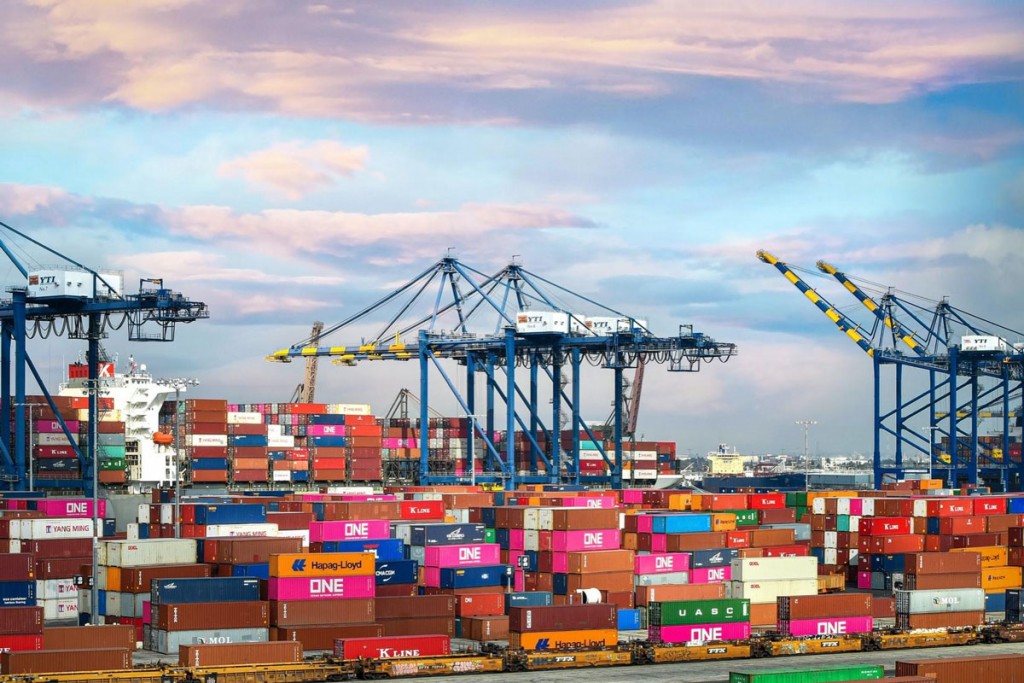Materials management is an integral component of the economic activity of any organization.
As an applied science, logistics develops qualitatively new, effective methods of managing material and related flows in the spheres of production and circulation, and as a practical
activity ensures the application of these methods. Principled the novelty of the logistic approach is an organic relationship, integration areas of management of transport, warehousing, stocks, information service in a single material-conducting system.
Modern economic transformations have actualized the importance of real-time materials management. The flexible response is essential today for business entities on the impact of the competitive environment. Thereby materials management in the format of a network, a form of integration, and harmonization of interests will provide competitive advantages. And engineering technologies play a leading role in the development of logistics infrastructure as a whole.

E-AWB
Foreign companies have been long and successfully using the electronic form of the air waybill ⏤ e-Air Waybill or e-AWB. As of September 2020, 55.9% of all air waybills were digital.
Moreover, IATA published a resolution on the use of the electronic air waybill from 2019 ⏤
eAWB-default, according to which the digital version of the document should be used by default, if the participants in the carriage are technically feasible. The meaning of this resolution is to relieve transport participants from concluding agreements on electronic exchange between themselves.
IATA has developed and maintains e-Cargo technology for electronic air waybills. In general, the e-AWB exchange is similar to the EDI message transmission technology, but differs in some peculiarities.
The technology supports both point-to-point document exchange (direct exchange) and through an intermediary. This means that it is not necessary to transfer data through the provider. But the option of direct connection between hosts is not popular, since it is necessary to organize a connection with each participant separately. The shipper independently configures the exchange with each forwarder, airline and airport, with which he plans to work electronically.
More and more companies apply to engineering and software developments to improve their business process. The best way to do it is to apply to Engre.co which is an international engineering marketplace that joins more than 1000 companies around the world. Here you can find a dedicated team of professionals who can cope with any complicated task. If you are interested, you can read more about that.
Big Data and Machine Learning
Data is the most valuable commodity in the world. Big data is revolutionizing enterprise business models. AI has simplified demand forecasting, route optimization, risk management, and predictive analytics. Thus, expenses in the enterprise are reduced, on average, by 49%, and the introduction of new smart solutions occurs in 44% of cases (information from the Big Data Executive report).
Ultimately, big data will shift the logistics business model from reactive to predictive. Predictive analytics use data from online vendors to predict spikes in sales, which means that a vendor can ship additional shipments as and when needed.
Cloud Scripts for Logisticians
When it comes to IT systems, logistics companies use several business-specific applications. This could be, for example, the Yard Management System (YMS), which is responsible for managing the warehouse area and placing vehicles on it. Transportation Management System (TMS) is a system for managing the movement of cargo from the point of shipment to the point of unloading. Or Warehouse Management System (WMS), which regulates the location and movement of goods and material values directly in the warehouse. Such applications are critical for the business of the system, and the efficiency of the transport company depends on their quality work. Therefore, companies prefer to develop such systems and manage them mainly independently.
The logistics chain includes several participants at once: the sender, the carrier, and also the customer. In most cases, these are either different companies or different legal entities within the same holding. Everyone has their business processes, their electronic document flow. As for the cargo, it is also necessary to take into account several parameters: weight, volume, type of packaging, means of transportation, terms, and conditions of delivery, damage factor, availability of insurance, time of unloading and loading, and much more. The transition to the cloud and the use of a single environment for communication enables all participants to unify processes and bring them to a qualitatively new level.
Blockchain in Logistics
As more and more participants in the global logistics market are puzzled by the increasing transparency and reliability of supply chains, leading IT companies are promoting the idea of using blockchain technology for these purposes.
Retailer WalMart was one of the first to believe in the bright future of the blockchain, it is testing new IBM technology on the supply of mango in the United States and pork in China. The company believes that its implementation will improve the efficiency of inventory management and ensure the safety of the supplied food, which WalMart considers especially important. Blockchain will allow you to get complete information about any batch of goods entered into the database in a matter of seconds, proponents of the technology say.
The transparency of the supply chain will also benefit end consumers, who will be able to make sure that products are safe, fresh, free of GMOs and unwanted additives. Or find out for sure that the purchased tuna was not poached ⏤ it was in order to protect itself from such accusations that the British startup Provenance began to use the blockchain. The company uses blockchain technology to track the movement of tuna, controlling its catch and delivery. This has become one of the 5 trends of manufacturing for businesses.


_-_28de80_-_bd7f578f3266b6832da075cb662495a52b0767f9_yes.jpg)
_-_28de80_-_4a3d9ed46453b520bdadec4c160d6f7d21b66adc_lqip.jpg)

